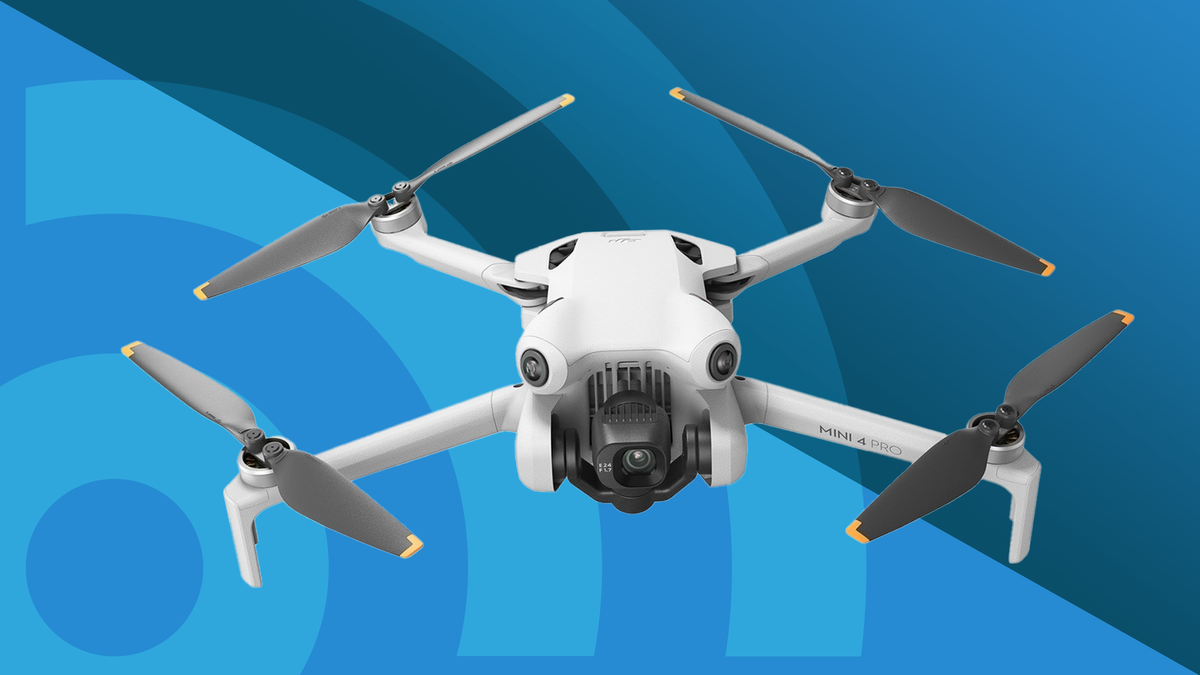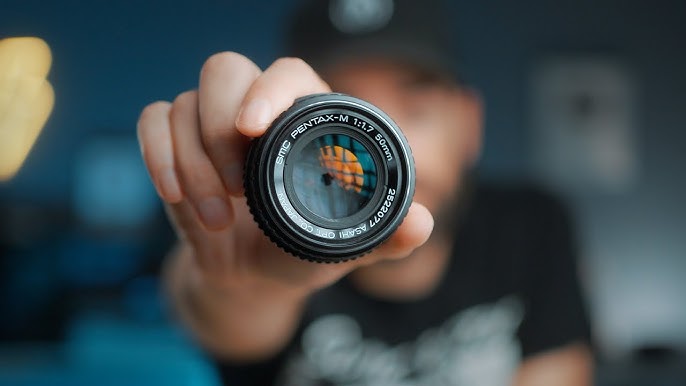Drone photography has become a game-changer in the world of visual storytelling, offering unique perspectives and breathtaking aerial views.
One critical aspect that greatly influences the quality of your drone photography is the sensor size.
Drones come equipped with various sensor sizes, each with its own set of advantages and limitations.
In this article, we will explore how different drone sensor sizes impact photography and the creative possibilities they unlock.
1/2.3-inch Sensor
- Overview: Drones equipped with 1/2.3-inch sensors are commonly found in consumer models. These sensors offer decent image quality in good lighting conditions and are often used for recreational aerial photography.
- Advantages: They are lightweight, cost-effective, and suitable for beginners. They provide satisfactory image quality for casual drone photography and are excellent for capturing wide landscapes.
- Limitations: 1/2.3-inch sensors may struggle in low-light conditions and might produce noisy images when shooting in challenging environments. They offer limited control over depth of field and dynamic range.
1-inch Sensor
- Overview: Drones featuring 1-inch sensors have gained popularity for their ability to deliver high-quality imagery. These sensors are larger and more capable, making them a preferred choice for many photographers and videographers.
- Advantages: 1-inch sensors offer better low-light performance, increased dynamic range, and improved image quality compared to smaller sensors. They allow for more creative control and produce sharper, more detailed images.
- Limitations: While 1-inch sensors are a significant improvement, they may not match the image quality of larger sensor drones. They also tend to be found in more expensive models.
Micro Four Thirds Sensor
- Overview: Some advanced drones are equipped with Micro Four Thirds sensors, which are larger than 1-inch sensors. These sensors are often favored by professional photographers and filmmakers.
- Advantages: Micro Four Thirds sensors provide exceptional image quality, even in challenging lighting conditions. They offer greater control over depth of field, dynamic range, and detail capture.
- Limitations: Drones with Micro Four Thirds sensors tend to be larger, heavier, and more expensive. They are best suited for professionals or enthusiasts with a significant investment in their gear.
APS-C and Full-Frame Sensors
Overview: While less common, some specialized drones feature APS-C or full-frame sensors, equivalent to those found in high-end DSLR cameras. These sensors offer unparalleled image quality and creative possibilities.
- Advantages: APS-C and full-frame sensors provide unmatched image quality, dynamic range, and low-light performance. They allow for stunning aerial photography that rivals ground-based professional cameras.
- Limitations: Drones with these larger sensors are typically hefty and costly, requiring skilled piloting and significant financial investment.
Creative Possibilities with Different Sensors
- Landscape Photography: Smaller sensors are suitable for capturing vast landscapes and wide-angle shots.
- Portraiture: Larger sensors, like Micro Four Thirds and above, offer better control over depth of field, allowing for captivating portrait shots from the air.
- Low-Light Photography: Drones with larger sensors excel in low-light conditions, making them ideal for nighttime aerial photography.
- Action and Sports: Smaller sensors may be sufficient for capturing fast-paced action, but larger sensors can provide more detailed and dynamic shots.
- Professional Cinematography: Drones with APS-C or full-frame sensors are the go-to choice for professional filmmakers seeking cinematic quality.
Conclusion
The choice of drone sensor size significantly influences your aerial photography. Understanding the strengths and limitations of each sensor size empowers you to make informed decisions that align with your creative vision and budget.
Whether you’re an enthusiast capturing breathtaking landscapes or a professional filmmaker pushing the boundaries of aerial cinematography, the right drone sensor size can unlock a world of creative possibilities in the skies.









Leave a Reply